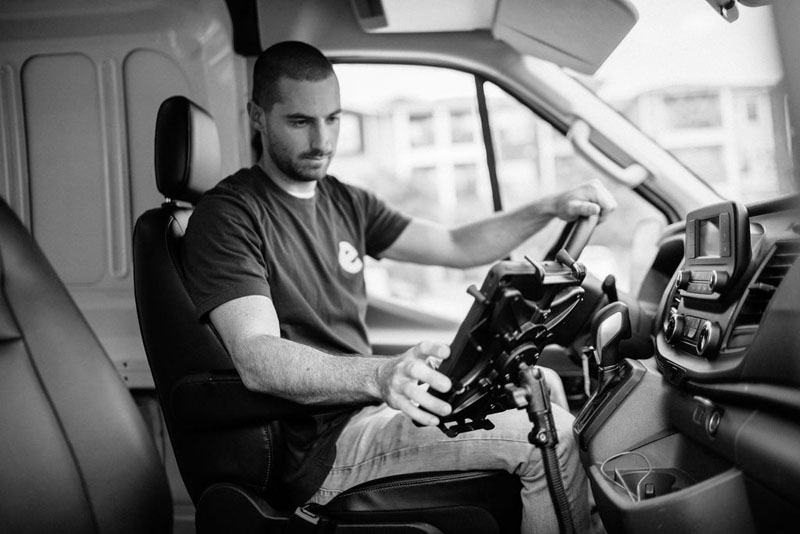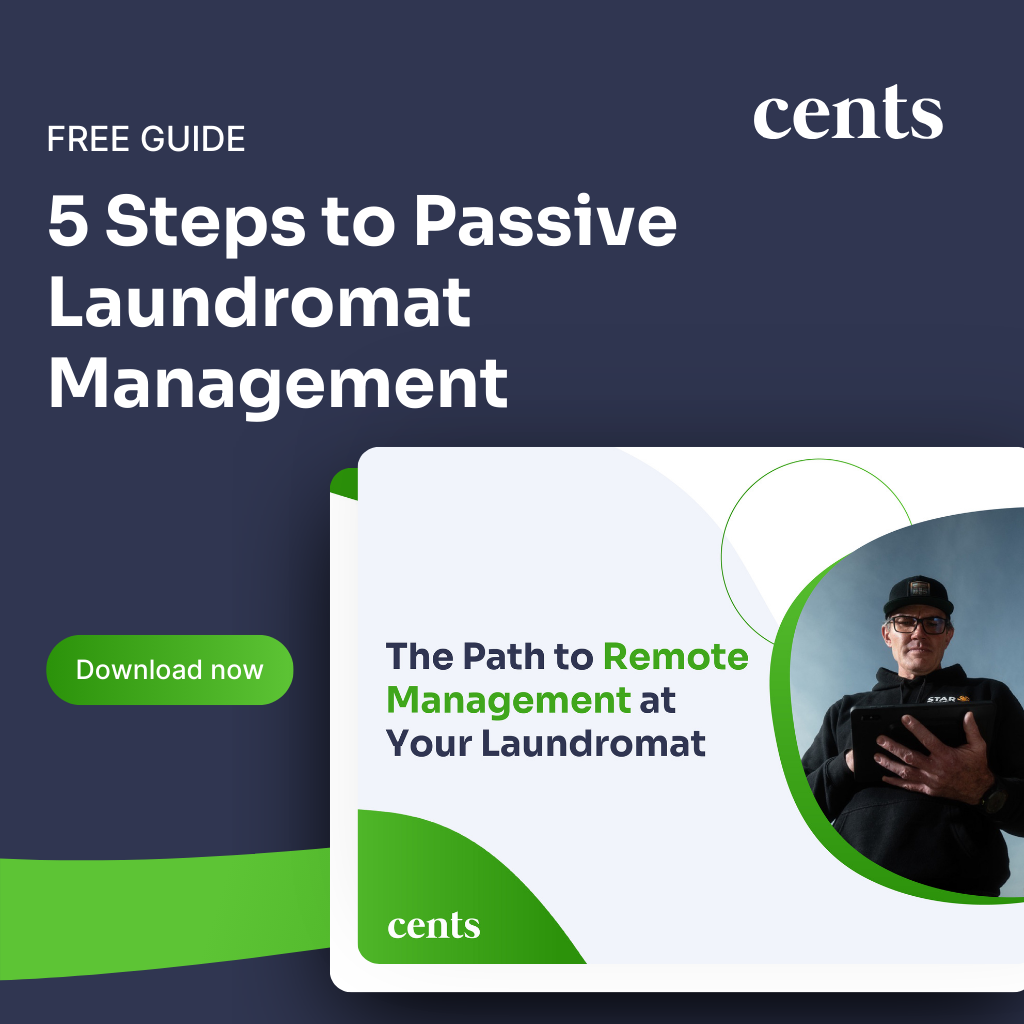A Look at One of the Most Critical Aspects for Successfully Scaling a Pickup-and-Delivery Service
[This is the first of a three-part feature article on managing a fleet of laundry delivery vehicles.]
Matt Simmons of Super Suds Laundromat in Long Beach, Calif., likes to share one of the key lessons of “Fleet Management 101” – which he learned the hard way.
“We didn’t have a vehicle maintenance schedule in place,” Simmons admitted. “And we ended up with our company van stuck on the side of the freeway. We had to deal with renting a van just to get the laundry delivered. We had to get a driver to pick up the rental van and transfer the finished laundry from our van into the rental van – all while on the shoulder of the freeway. And then we had to arrange to get our company vehicle towed. Not a fun day!”
These days, Super Suds has grown to a fleet of five pickup-and-delivery vehicles, with one of those vans specifically designated to be used when one of the other vehicles is being maintained or serviced or in order to make supply runs.
Super Suds operates a mix of Ford Transit vans and Mercedes Sprinter vehicles.
“They’re both dependable,” he said. “We’ve decided to buy our vans, rather than lease them. If you take care of your vehicles, you can continue driving them well after the loan is paid off.”
With 12 delivery vans, The Folde – based in Houston and Austin, Texas – operates PUD routes in five-hour windows, where drivers are expected to have between 30 and 45 stops on a route.
“This means we need bigger vehicles than just a Transit van,” explained Mark Vlaskamp, managing partner at The Folde. “We found that the smaller vans are too small for our specific route structure. We opt for the larger 250 equivalents. However, we are pretty brand agnostic. We have a mix of Ford, Nissan and Ram vans. Whatever is the best one available when we need to grow the fleet is typically what we go with.”
Vlaskamp added that low-roof vehicles are “a quick way to lose drivers.”
“It’s their office, and they need to be able to move around and work comfortably in their office,” he said. “Therefore, we only opt for mid-roof or high-roof vans.”
At WashClub LA in Los Angeles, owner Ross Dodds currently operates two delivery vehicles.
“We have a 2022 Mercedes Metris and a 2022 Chrysler Pacifica,” he explained. “In the past, we’ve had a Honda Odyssey, a Nissan NV200, a Nissan NV1500, a Ford Transit, and a Ram 1500. However, I’ve discovered that – outside of for larger commercial clients – the minivans are easier for employees to drive, come with more safety features, and so far have been easier to repair without special appointments, unlike our Mercedes that requires more than a day at the dealership for just an oil change.”
Dodds, who chooses to purchase his delivery vehicles, added that he had to sell the Ram due to service and parts availability. “It once sat at the dealership for seven days over a battery issue,” he said.
2ULaundry’s location in Charlotte, N.C., currently boasts a fleet of 16 Ford Transit Connect cargo vans.
“They provide a good combination of reliability, reasonable pricing and appropriate size to fit our needs,” explained 2ULaundry’s Beck Miller.
And, perhaps unlike many laundry delivery services, 2ULaundry chooses to lease its vehicles.
“Historically, this has been the most economical way to do things for us,” Miller noted. “We time our leases to expire around when the vehicle in question will have high enough mileage to where larger problems like transmission issues are likely to kick in. Plus, there are hidden costs when purchasing, such as the additional work required when sourcing and financing those acquisitions. Of course, in today’s market, certain leasing structures can be price prohibitive.”
Art Jaeger – who owns Laundry Butler For You, based in Simi Valley, Calif. – recently looked into the possibility of leasing his fleet of Dodge Ram ProMaster vehicles. However, at least for his particular vans, the top mileage lease is 18,000 miles… far short of the 25,000 to 30,000 miles Jaeger’s drivers put on his vehicles annually.
Inside the Vehicle
There are a number of options for customizing the interiors of delivery vehicles – and just as many operator philosophies on exactly how to do so.
“For us, we like blank canvases,” Vlaskamp said. “The size of orders and the type of orders change on a daily basis, so we don’t like to build permanent structures into the vans that may limit their uses. We’ve found that – while I might think rigging out the van is really fun – the drivers find the rigs cumbersome and impractical. So, we no longer have any internal rigging, other than a hanger bar for drycleaning.”
The PUD service at Brio Laundry in Bellingham, Wash., operates a 2016 Dodge Caravan minivan and a 2003 Ford Econoline box truck with a lift gate. And owner Travis Unema also has kept his vehicles’ interior customization to a minimum – installing a hanging bar and flat, carpeted wooden flooring in the back of the Caravan.
“We use Ranger shelves and a hanging rod for dress shirts and drycleaning,” Simmons said. “Dirty clothes are thrown into the van through the side door, and the finished product is easily accessible for deliveries.”
The vans at 2ULaundry feature hanging racks installed horizontally behind the driver and passenger seats for the delivery of drycleaning and any one-off hang-dry orders. The company also separate the back section of its vehicles, dividing packaged wash-dry-fold orders from any hanging items.
In Part 2, pickup-and-delivery operators discuss some of the ways they’ve customized the exteriors of a delivery vehicles, while also sharing their maintenance strategies for keeping their fleets on the road.








